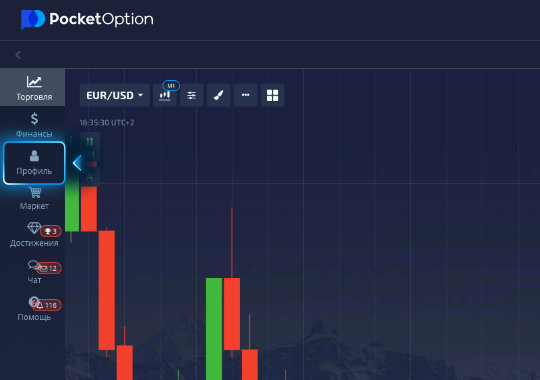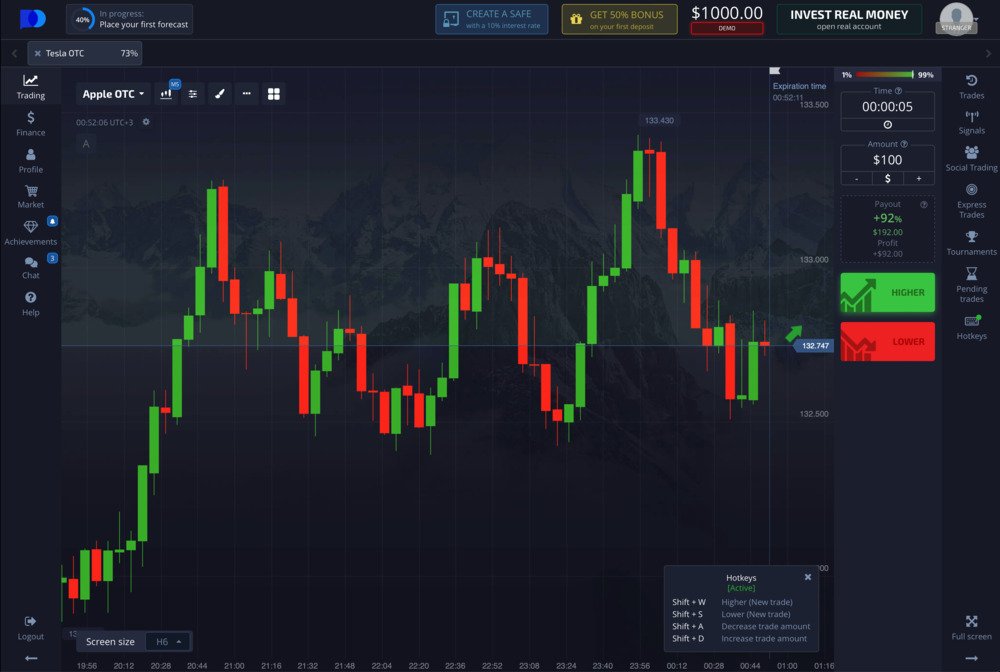
The Pocket Option OsMA Pocket Option Osma (Oscillator of Moving Average) is becoming an essential tool for traders seeking to interpret market trends and optimize their trading strategies. With the advancement of technology and the growing accessibility of trading platforms, having a reliable method to analyze the markets is crucial for success. Understanding what OsMA is, how it functions, and how to implement it effectively can drastically improve your trading outcomes.
What is OsMA?
OsMA is an essential technical indicator derived from the moving average convergence divergence (MACD) indicator. Essentially, OsMA represents the difference between the MACD line and the signal line. While many traders utilize MACD to identify potential buy and sell signals, OsMA provides a more refined metric, allowing traders to gauge the momentum of price movements and detect reversals more efficiently.
Understanding the Components of OsMA
To effectively use OsMA, it’s essential to grasp its key components:
- MACD Line: This line is derived from the difference between the 12-day and 26-day exponential moving averages (EMAs). It highlights the overall trend direction.
- Signal Line: This is typically a 9-day EMA of the MACD line. It acts as a smoothing mechanism to help filter out noise from the market movements.
- Histogram: The OsMA histogram indicates the difference between the MACD line and the Signal line. This is the primary visualization that traders monitor for signals.

How to Interpret the OsMA Indicator
The interpretation of the OsMA indicator involves examining the relationship between the MACD line and the Signal line. Here are the key interpretations:
- Positive Histogram Bars: When the histogram is above zero, it indicates that the MACD line is above the Signal line, suggesting a bullish trend. Traders may consider this a potential buy signal.
- Negative Histogram Bars: When the histogram is below zero, it signifies that the MACD line is below the Signal line, indicating a bearish trend. In such cases, traders might see an opportunity to sell.
- Divergences: When the price is making new highs (or lows) but the OsMA is failing to confirm that trend, it signals a potential reversal. Bullish divergence occurs when prices make lower lows, while OsMA makes higher lows, indicating potential buying pressure. Conversely, bearish divergence arises when prices make higher highs while OsMA makes lower highs, hinting at a potential selling pressure.
Setting Up OsMA on Pocket Option
Setting up OsMA on your Pocket Option trading platform is a straightforward process. Follow these simple steps:
- Log in to your Pocket Option account.
- Navigate to the chart interface where you want to apply OsMA.
- Select ‘Indicators’ from the interface menu.
- Search for ‘OsMA’ or ‘MACD’ (as the OsMA is derived from the MACD).
- Click to add OsMA to your chart, and adjust the settings as necessary, such as changing the periods for the moving averages if required.
Integrating OsMA with Other Indicators

To enhance your trading strategy, consider using OsMA in conjunction with other technical indicators. Some popular combinations include:
- Relative Strength Index (RSI): While OsMA measures momentum, RSI assesses overbought or oversold conditions. Combining these indicators can provide a clearer picture of market entries and exits.
- Bollinger Bands: Using OsMA alongside Bollinger Bands can offer valuable insights. When the price moves outside of the bands and the OsMA confirms a bullish or bearish momentum, it could indicate a strong opportunity.
Common Mistakes to Avoid with OsMA
Like any technical indicator, improper use of OsMA can lead to poor trading decisions. Here are some common pitfalls to watch out for:
- Ignoring Market Conditions: Always consider the broader market environment before making trades based on OsMA, especially in extremely volatile markets.
- Double-Counting Signals: Some traders may act on every crossing of the MACD and Signal lines. However, this can lead to over-trading. Wait for confirmation with additional analysis before making trades.
- Neglecting Risk Management: Regardless of how confident you feel about a signal from OsMA, always employ sound risk management. Place stop-loss orders and determine your position sizes carefully.
Conclusion
In summary, Pocket Option OsMA is a powerful tool that can enhance your trading strategy by providing insights into market momentum and potential reversal points. By understanding how to interpret the indicator and integrating it with other tools, you set yourself up for better trading performance. However, always remain mindful of the market conditions and maintain a disciplined approach to trading to maximize your chances of success.